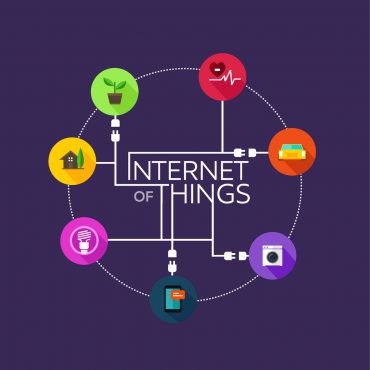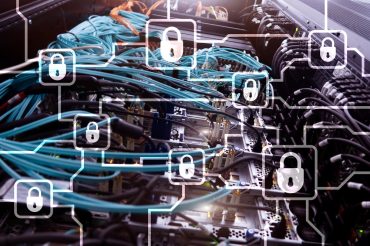
With enterprise execs pondering IoT developments, the earliest winners seem to be in the areas of customer experience and supply chain management.
There is no shortage of hype around the Internet of Things (IoT), due in small part to the enormous potential it offers. But it’s going to take a lot of work to realize the promise. In this regard, manufacturers and distributors may be seeing the earliest signs of progress.
That’s the gist of a recent survey of 502 upper-level executives from across key industries, conducted by Forbes Insights and Hitachi Vantara. More than half of respondents, 51%, say their company has “significant” IoT programs in operation or that these programs are major contributors to their businesses. The other 49% remain in the early stages of IoT planning or are operating pilot programs. So, everyone, at least at the upper echelons of the corporate world, is either planning or working with IoT.
However, there are challenges, which closely parallel many technology-based projects. When building out IoT capabilities, executives say their greatest challenges are the inability to present a compelling return on investment (32%), keeping the IoT secure (32%), cross-department cooperation (31%), integration of disparate data (30%) and availability of skilled staff (29%).
See also: How IoT accelerates the supply chain
IoT is reshaping key areas of businesses, including customer experience (55%), environment and safety (48%), manufacturing (42%), and asset management (38%). While 71% of companies also report success with the leading IoT area of concern — customer experience — projects further down the radar screen are following up as success stories, including warehousing and logistics (62%), and supply chain (58%).
The ability to ramp up the customer experience — perhaps through mobile interaction, as well as automatically providing updates to products — has profound implications for revenue growth. “The IoT builds a direct feedback loop between the customer and production,” says Umeshwar Dayal, senior vice president and senior fellow (information research) at Hitachi America. “The production people can understand customer usage and needs in real time, and you can ultimately provide better customer service based on data rather than sales calls.”
It also appears manufacturers and industrial concerns may have a leg up with IoT as well. The perceived success in areas such as inventory and supply chain may be tied to the direct financial impact these projects are delivering, writes West Coghlan, author of the report.
“The strong focus on finance may surprise those who associate the IoT with physical processes like manufacturing,” he observes. “One driver may be that organizations’ IoT initiatives have so many financial touchpoints—reducing costs in the supply chain, tracking valuable assets, enabling variable pricing with customers—that companies view it holistically as a finance-oriented solution.” In fact, Coghlan also observes, “42% of companies say their IoT programs are doing what they should be doing—saving money, making the company more efficient or earning new revenues.”
Recommendations for a great customer experience
Coghlan makes the following recommendations for achieving IoT success within an enterprise:
Remember, it’s about the business, not the technology. “IoT is not a standard technology deployment where you buy, integrate and implement. It is much more about the digital transformation of a business or a process.”
Develop an IoT strategy. Early adopters advise having a dedicated strategy for the Internet of Things. “The IoT requires the collaboration of many stakeholders and by its nature reaches across multiple silos. It will require strong leadership, particularly from the CIO and CTO. A central strategy with milestones, dedicated resources and a defined set of objectives will act as a rallying cry for the workforce, and a roadmap for operational development.”
Start small and grow. “The IoT is new ground for most companies. But it also has the flexibility to cost. How important is the IoT to your business today, and how important will it be in the future?”
Think in terms of co-creation. “IoT is not a job that will be started and finished by the IT department. It will probably not be finished by just your employees either. Successful IoT implementation is the sum of contributions from a broad base of participants. Bringing in the end-users and the lines of business, and collaborating with customers and suppliers, is key to building a holistic, co-created IoT solution.”
View IoT in competitive terms. “The IoT now has a presence in every industry and in every region. If you have yet to launch a serious IoT initiative, then you are behind a dangerous curve. At least some of your competitors are prepared to reap the IoT advantages of lower costs, higher efficiency, and enhanced customer offerings at your expense.”
Make IoT an urgent priority. “IoT has become a major force in a period of just a few years. Early adopters have the expertise, teams and operational platforms to rapidly roll it out across their enterprises. This is a phenomenon that is only going to accelerate—if you don’t get on board now, you will be disrupted.”
(Editor’s note: The author has performed work for Forbes Insights and Hitachi Vantara within the past 12 months, but was not involved in this project.)




























